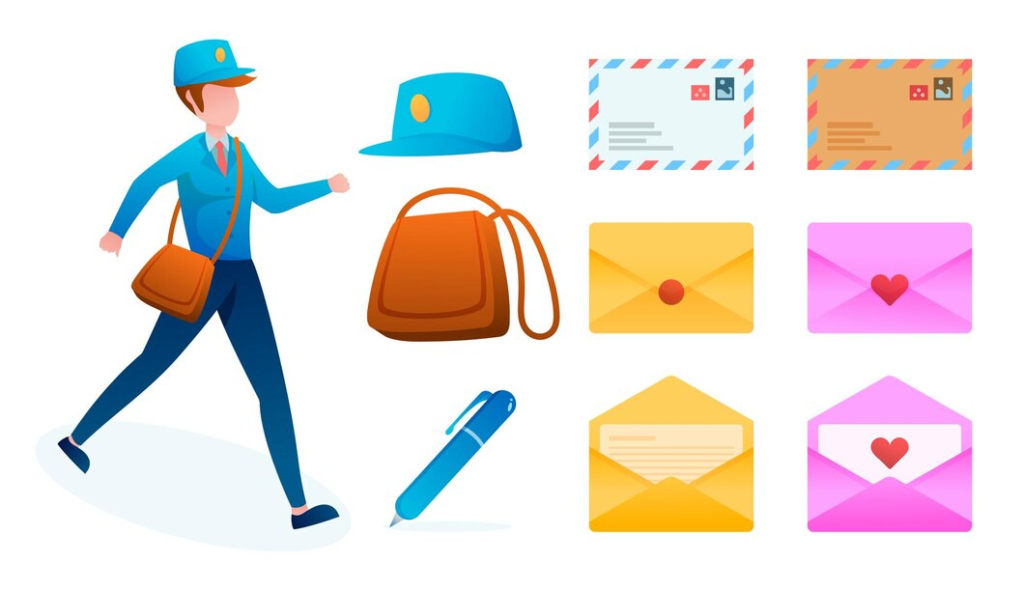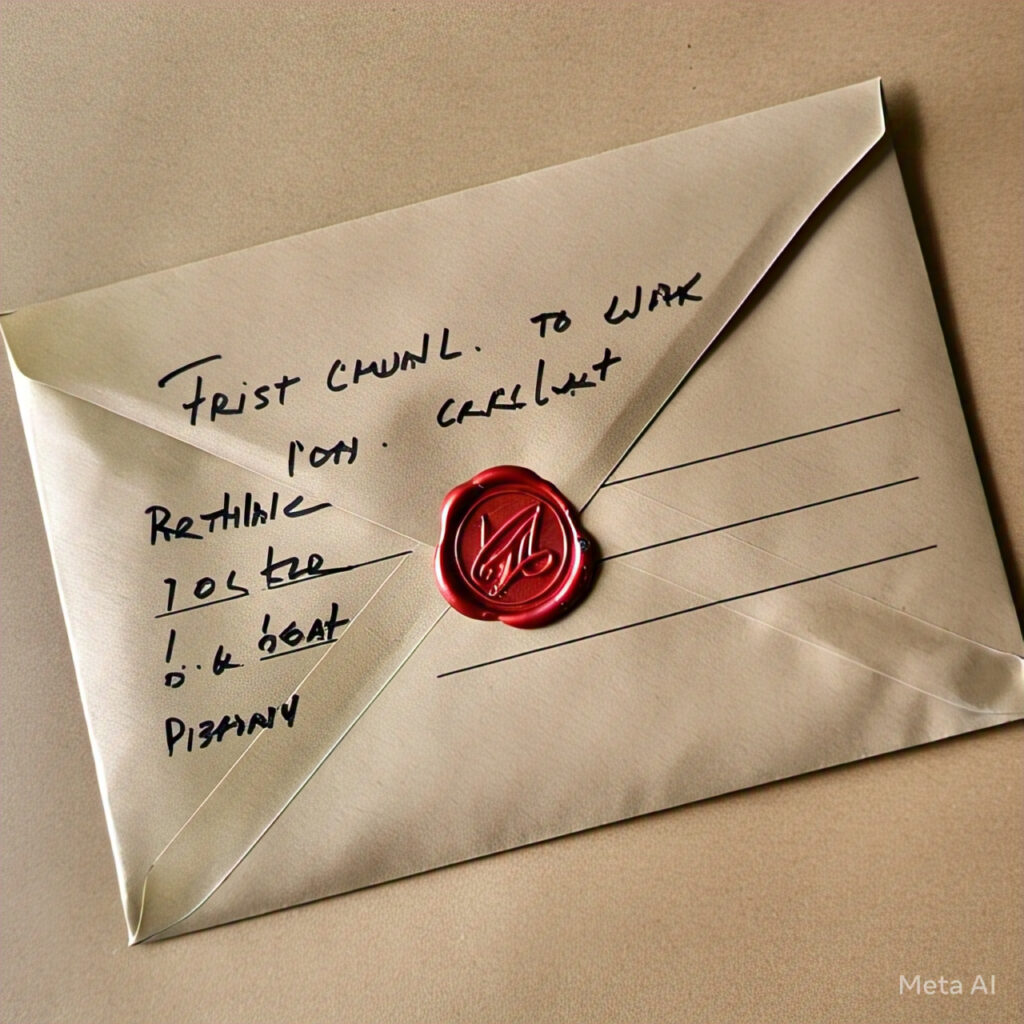
When you hear the words first class envelope, you might wonder what makes it “first class.” A first class envelope is just a special kind of envelope
When you hear the words first class envelope, you might wonder what makes it “first class.” A first class envelope is just a special kind of envelope used to send mail faster and more safely. It’s often used when you want your letter or card to arrive quickly, like when you send a birthday card, a thank-you note, or an important document. People and businesses use first class envelopes every day to send mail across the country or even the world. This envelope type is common, easy to use, and trusted for sending regular-size letters.
The great thing about using a first class envelope is that it’s simple and doesn’t cost too much. You just put your letter in the envelope, stick a stamp on it, and drop it in the mailbox. Your mail usually arrives in 1 to 3 days in most places. These envelopes are great for everyday letters that aren’t too heavy or big. If your envelope is small, flat, and under a certain weight (usually under 3.5 ounces), then you can send it with a first class stamp. It’s an easy way to get your mail delivered without any stress. That’s why many people love using first class envelopes—they’re quick, safe, and super simple.
What Is a First Class Envelope and Why Should You Use One
A first class envelope is a regular paper envelope used for mailing letters, cards, or light documents with first class postage. It’s the most common way people send personal or business mail. This type of envelope is good for sending things quickly and safely without spending too much money. If your letter isn’t too heavy or thick, a first class envelope is a perfect choice. It usually gets delivered in just a few days, making it great for birthday cards, thank-you notes, or important letters. People like using it because it’s easy—you just add a stamp, drop it in the mailbox, and it goes! That’s why using a first class envelope is simple, affordable, and reliable for everyday mail.
How a First Class Envelope Works: A Super Simple Explanation

A first class envelope works just like regular mail, but it’s sent using first class postage, which means it moves faster through the mail system. When you put your letter in a first class envelope, you add a special stamp (usually a Forever Stamp), and the post office gives it priority over other types of mail. That means your envelope will travel faster, often reaching its destination in 1 to 3 business days. This service is perfect for mailing small, flat items like greeting cards, forms, or personal notes. The envelope must follow size and weight rules, or it may need more postage. This simple method is trusted by millions because it’s quick, affordable, and works well for most everyday letters and cards.
When Should You Send a Letter with a First Class Envelope
You should send a letter with a first class envelope when you need it to arrive quickly and safely. If you’re mailing something like a birthday card, a job application, or a personal letter, first class is a great choice. It’s perfect for times when your message is important or time-sensitive. It’s also helpful when you want to make sure the person receives your letter in just a few days. People use first class envelopes all the time for things that don’t need extra tracking but still matter. As long as your envelope is light, flat, and not too thick, it will fit the first class rules. This makes it super handy for everyday mailing without spending too much or waiting too long.
First Class Envelope vs Regular Envelope: What’s the Difference
The real difference between a first class envelope and a regular envelope is in how the mail is handled and how fast it arrives. A regular envelope is just the paper itself, but once you add first class postage to it, it becomes a “first class envelope.” So, it’s not about the envelope’s look—it’s about the service level you choose. First class envelopes are sent faster and are treated as priority mail by the postal system. Regular envelopes with no postage or the wrong postage can take longer or even be returned. So, if you want your mail to arrive in a few days and be handled with care, always choose a first class envelope with proper postage.
How Much Does It Cost to Mail a First Class Envelope
Mailing a first class envelope is usually affordable for most people. As of now, a Forever Stamp costs a little over 60 cents in the U.S., and it covers the postage for one standard-sized first class envelope. That includes letters that weigh up to one ounce. If your letter is heavier, you’ll need to add extra postage, but it’s still pretty cheap. You can also buy stamps at post offices, online, or even at some stores. The total cost depends on the weight and size of your envelope, but it’s still one of the best mailing options when you want fast and simple service. So, if you’re sending something small and important, a first class envelope is worth every penny.
Best Tips for Using a First Class Envelope the Right Way

Using a first class envelope is easy, but a few tips can help you do it just right. First, make sure your envelope is flat, clean, and not too thick. Then, check that your letter is under the weight limit—usually one ounce for a single Forever Stamp. Always write the full address clearly, with the correct ZIP code, and don’t forget your return address in the top left corner. Use a good-quality envelope so it doesn’t tear in the mail. Seal it well, but don’t overstuff it. If your envelope is oddly shaped or bulky, you may need extra postage. These small tips can help your first class envelope get delivered fast and safely without any delays or returns.
Can You Track a First Class Envelope: Here’s What You Need to Know
Normally, a first class envelope doesn’t come with tracking if you’re just using a stamp. That’s because tracking is not included with basic first class letter service. But if you really want to know where your envelope is, you can add tracking by going to the post office and paying a little extra. This option is called Certified Mail or USPS Tracking. It costs more, but it gives you updates on your envelope’s journey. Businesses often use tracking for important documents. So, while a regular first class envelope doesn’t include tracking by default, you can still get it if you need peace of mind. Just ask at the post office, and they’ll help you choose the right option.
First Class Envelope Sizes: Which One Should You Pick
First class envelopes come in different sizes, but the most common is the number 10 envelope. It’s long and perfect for mailing letters or forms. If you’re sending a greeting card, you might use an A7 or A2 size, which are a bit smaller. To stay within first class rules, your envelope must be rectangular, flat, and under a certain weight—usually less than 3.5 ounces. If it’s square or oddly shaped, you may have to pay more. Picking the right size depends on what you’re mailing. Try not to overfill your envelope, and always make sure it closes properly. Using the right size keeps your mail safe and helps it arrive quickly without extra postage or delays.
Why Businesses Love First Class Envelopes for Mailings
Businesses use first class envelopes a lot because they are quick, cheap, and look professional. When companies send bills, checks, or letters to customers, they want the mail to get there fast and in good shape. First class envelopes help make that happen. These envelopes are perfect for sending regular-size papers like invoices or contracts. They give businesses a trusted way to connect with people through the mail. First class mail also gives a better impression than slower options. Customers are more likely to open a letter that looks important and arrives quickly. That’s why many companies use first class envelopes for both personal and marketing mail—because it’s a smart, simple, and affordable mailing solution.
How to Make Sure Your First Class Envelope Gets Delivered Fast

To help your first class envelope arrive quickly, there are a few easy steps you can follow. First, always write the full mailing address clearly, using block letters if possible. Don’t forget the ZIP code—it really helps. Add your return address in the top left corner so the mail can come back if needed. Use the right amount of postage based on the weight and size. If your envelope feels heavy or thick, check with the post office to make sure it doesn’t need extra stamps. Drop your envelope in a clean, official mailbox or hand it to a postal worker. These small steps make sure your first class envelope gets where it needs to go—fast and without trouble.
Conclusion
Sending a letter with a first class envelope is one of the easiest ways to make sure it gets there fast. You don’t need to be an expert to use one—just add the stamp, write the address, and you’re all set. It’s quick, safe, and doesn’t cost a lot.
First class envelopes are great for cards, notes, or anything light and flat. Many people and businesses use them every day because they work so well. So next time you want to send something special, pick a first class envelope—it’s simple and smart!
FAQs
Q: What is a first class envelope?
A: A first class envelope is an envelope you use to send mail with first class postage. It gets delivered fast.
Q: How many stamps do I need for a first class envelope?
A: One Forever Stamp is enough for a letter up to 1 ounce. If it’s heavier, you’ll need more.
Q: How fast does a first class envelope arrive?
A: It usually takes 1 to 3 business days for delivery in the same country.
Q: Can I track a first class envelope?
A: No, not with a normal stamp. But you can pay extra at the post office to add tracking.
Q: Can I reuse a first class envelope?
A: Only if it hasn’t been mailed yet and is still clean and sealed well. Used envelopes can’t be reused for mailing.






